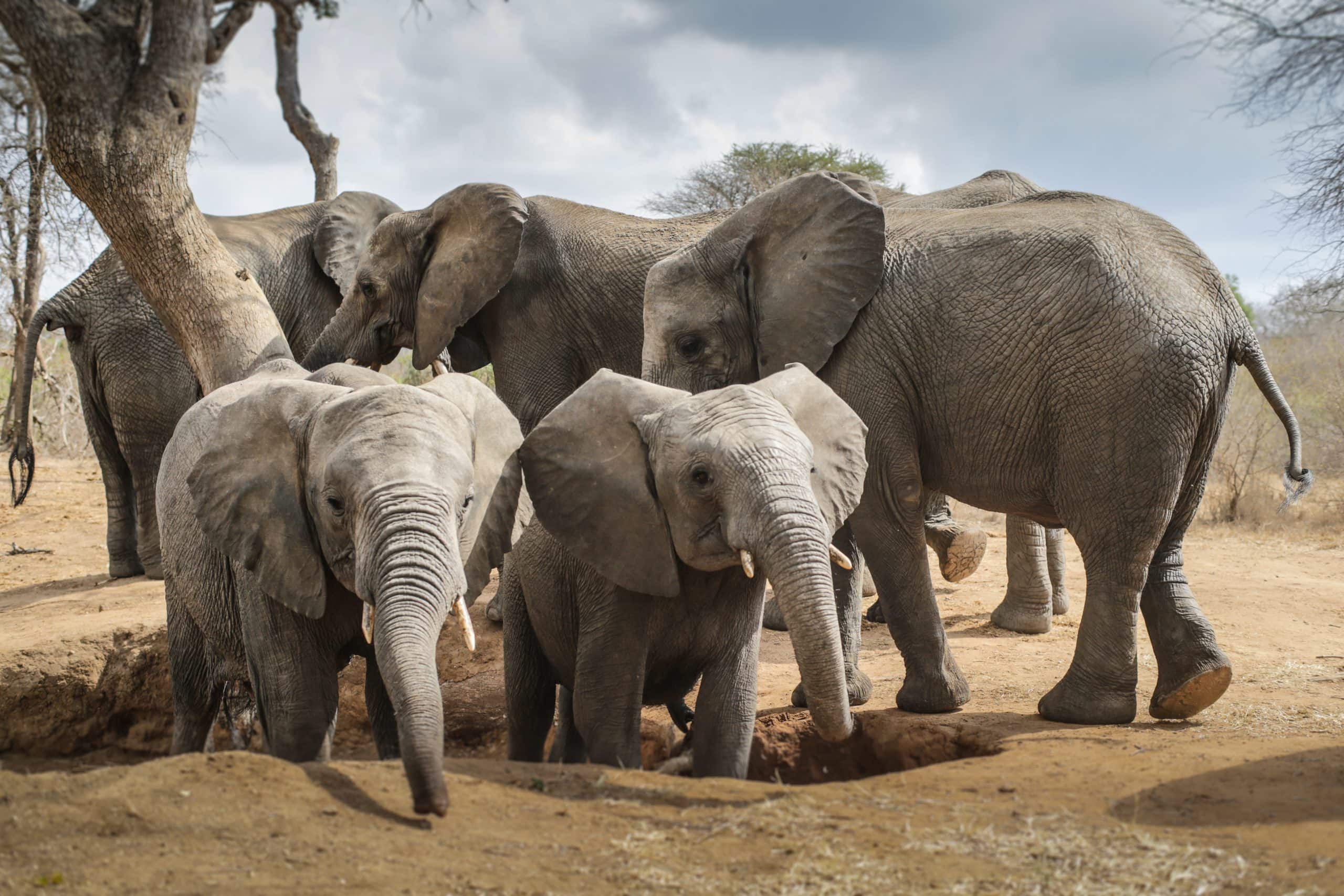Foraging with a Wild Elephant Mother & Her Calves
by jabulanisafari
Elephants are perfectly made to survive in their changing wildernesses as individuals, once they are weaned from mom’s milk at around 4-5 years, but they also depend on one another. Their social bonds are vital to their well-being and development and are a very core part of being elephant. In this clip below, you can spot a mother and her young ones enjoying the lush bushes throughout the reserve. The mother’s teats are engorged and no doubt providing her calves with essential and delicious nutrition and energy throughout the day and night. They supplement their milk diet with vegetation more and more as they grow up, before weaning totally.
Elephants enjoy a rich diet of all things green and brown, foraging from whatever is in season in their wilderness. They are adapted to the changes in weather that alter the bush vegetation and will choose lush grasses whenever available. They can also be spotted devouring leaves and branches, bark, and bulbs and roots underground. Interestingly, their eyes are well protected as they go trunk and head first into the thorny trees and shrubs thanks to their long eyelashes. These hairs are sensitive to touch and let the elephant know when they’re too close to something that may hurt their small eyes.
Also helping with their foraging are their two tusks, to break branches or dig up food sources. Elephants, like humans, have a preference for which side they use – they can be left or right tusked like humans can be left or right handed. They will predominantly use this tusk when feeding, causing it to gain notches or wear down more, showing us clearly which side they use most. Elephants need to eat for around 18 hours a day since their digestive systems don’t digest everything that goes in that efficiently. This does allow a lot of seeds and plant material to be passed through their dung which in turn helps to disperse seeds across the wilderness, fertilise the ground and provide dung beetles with their needed dung balls.











